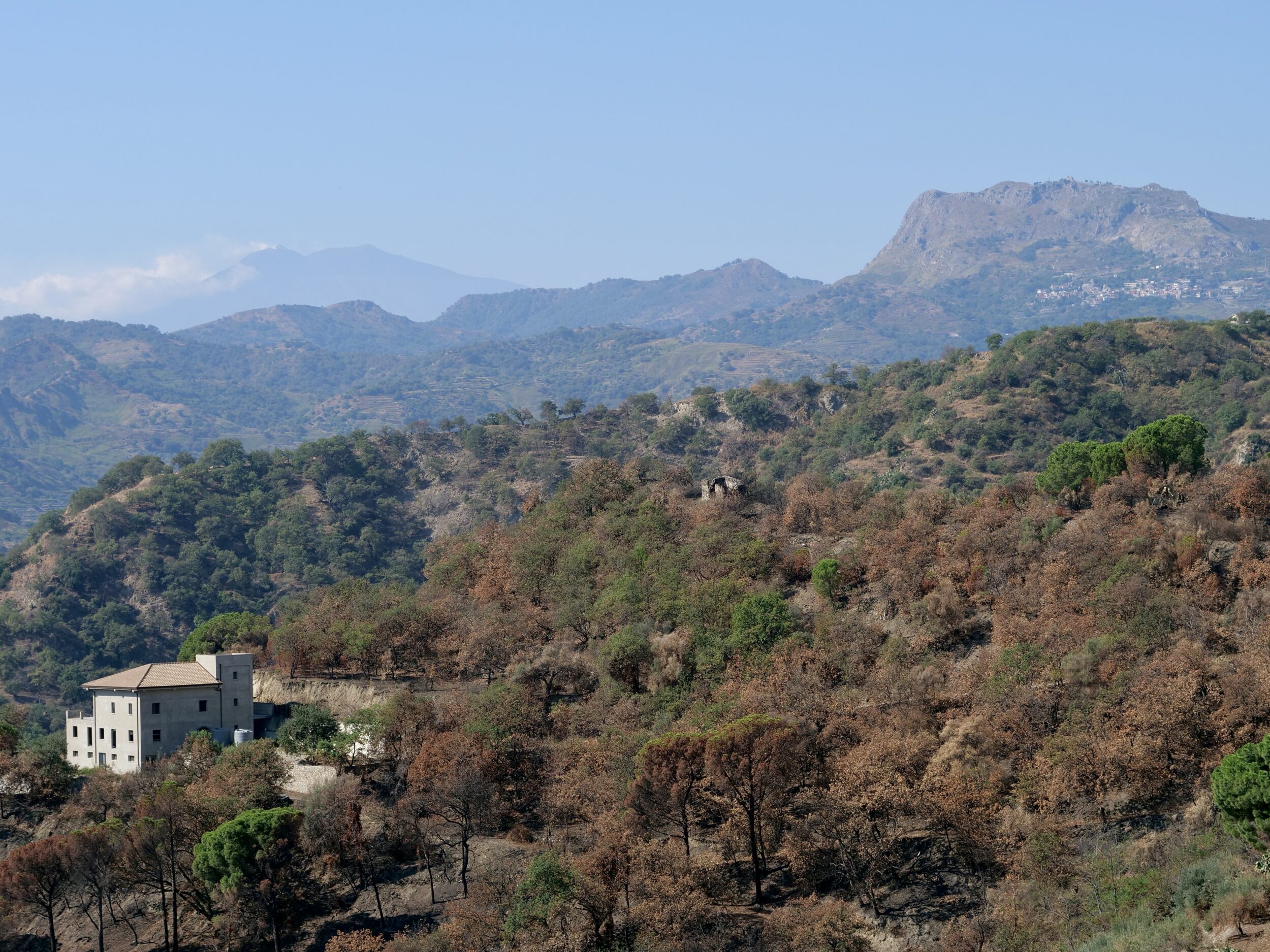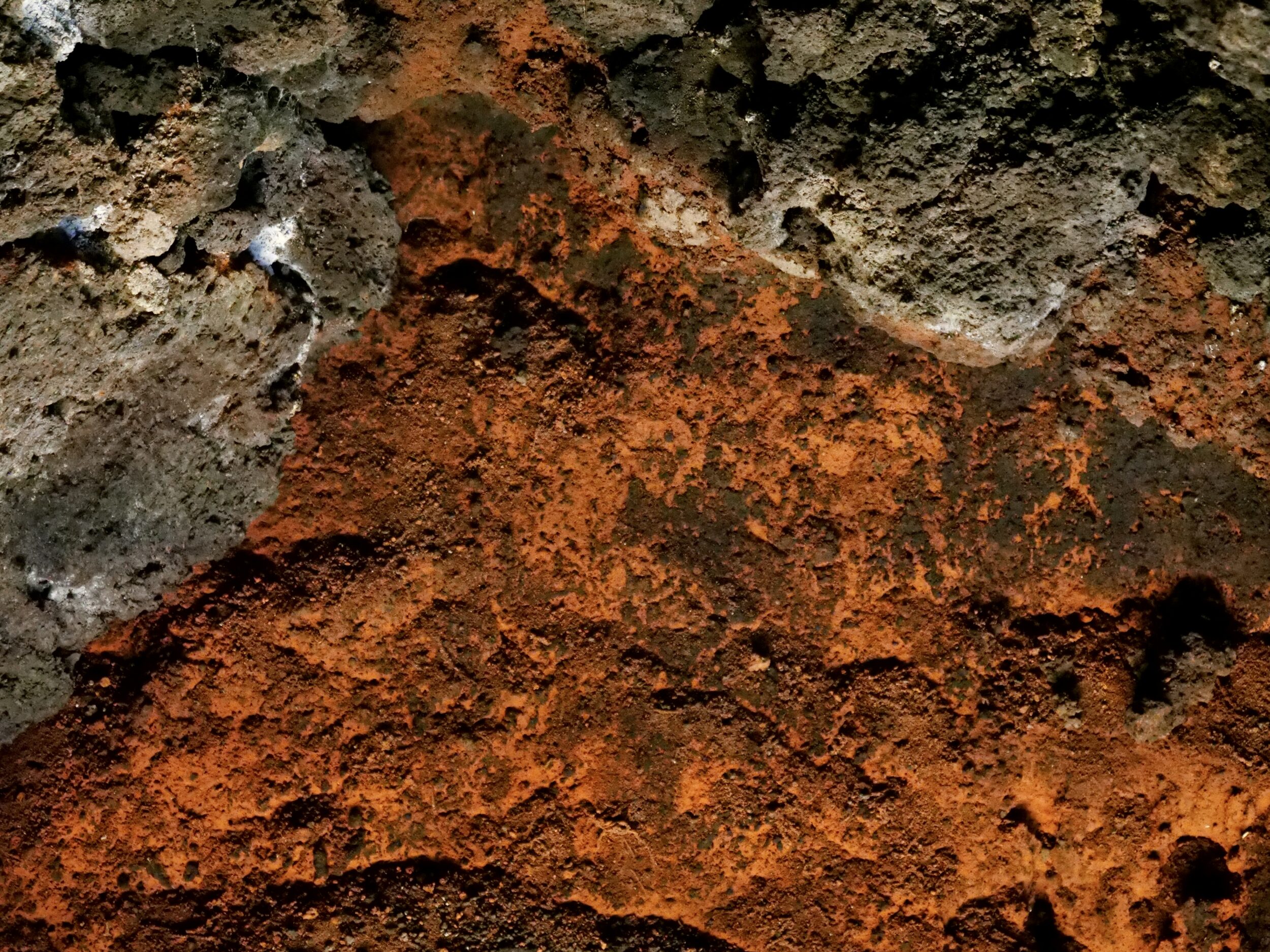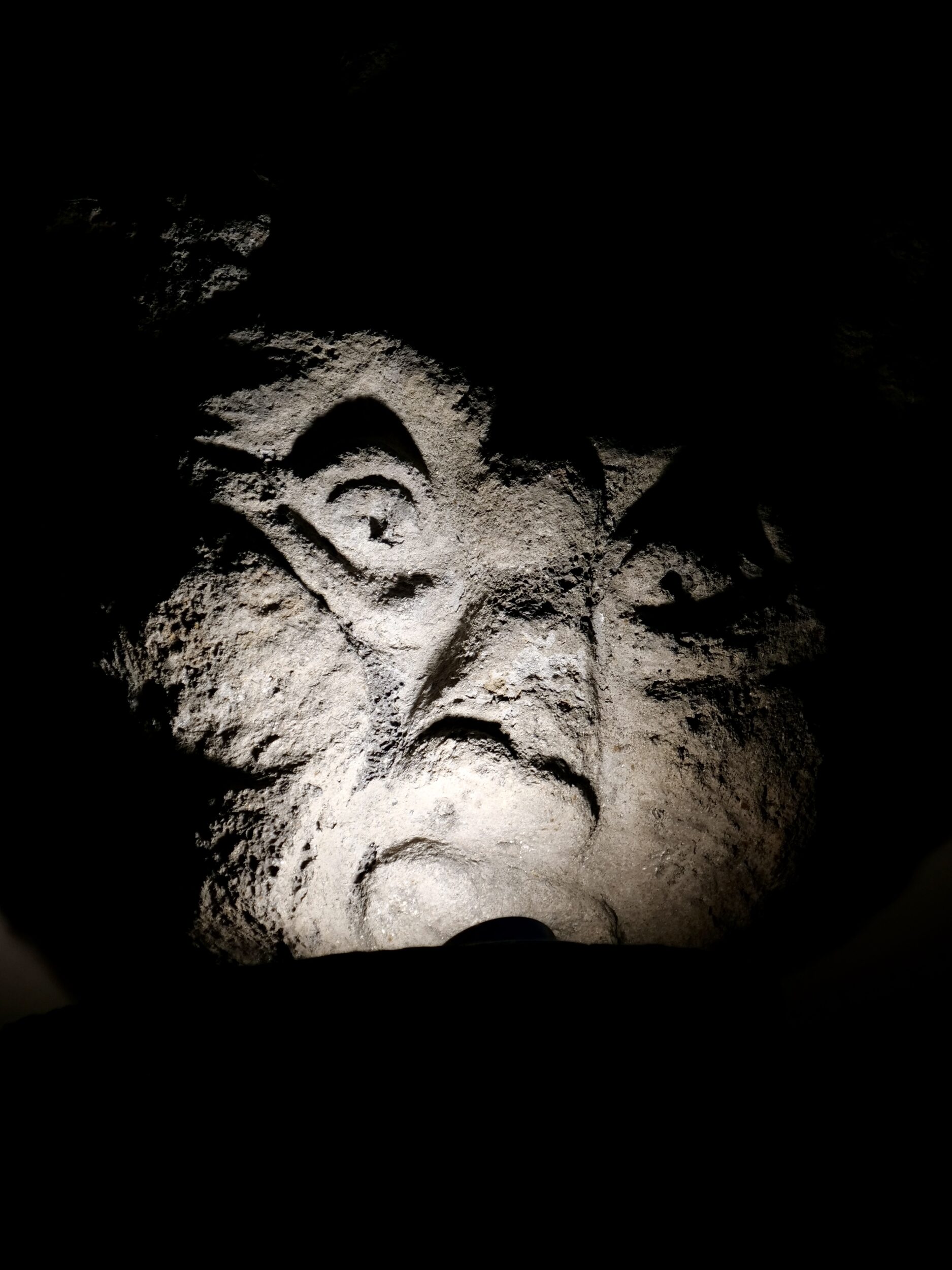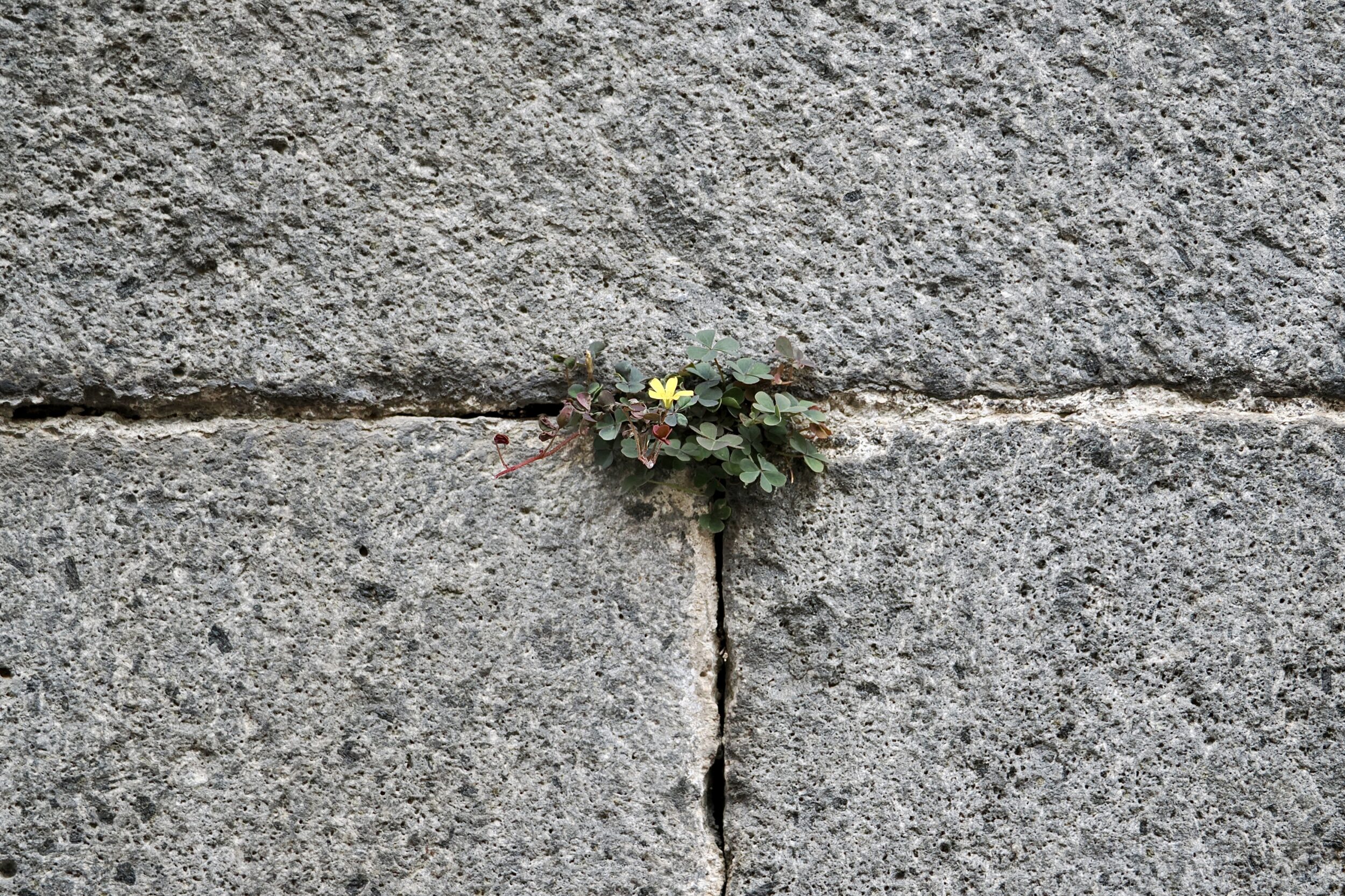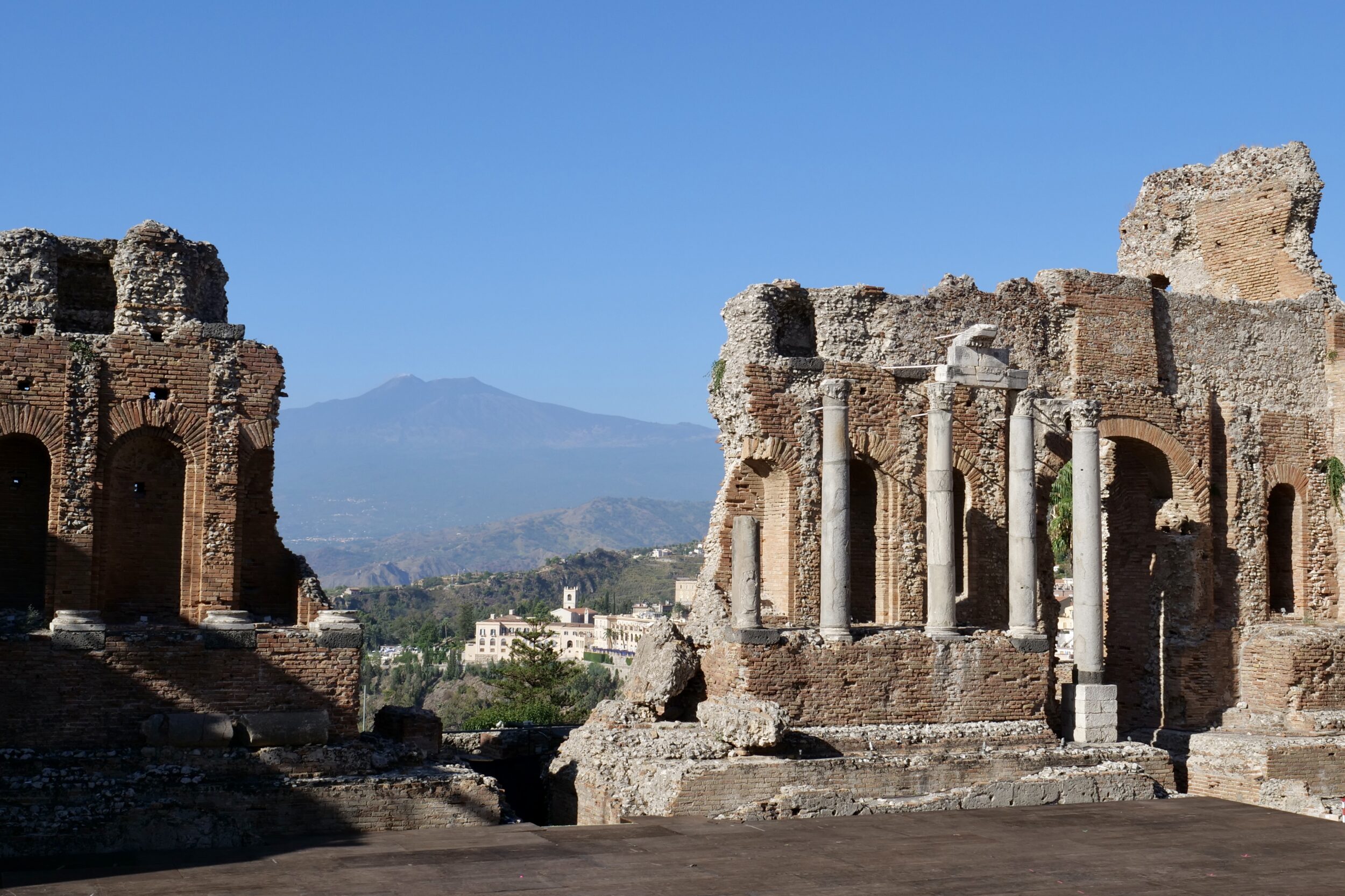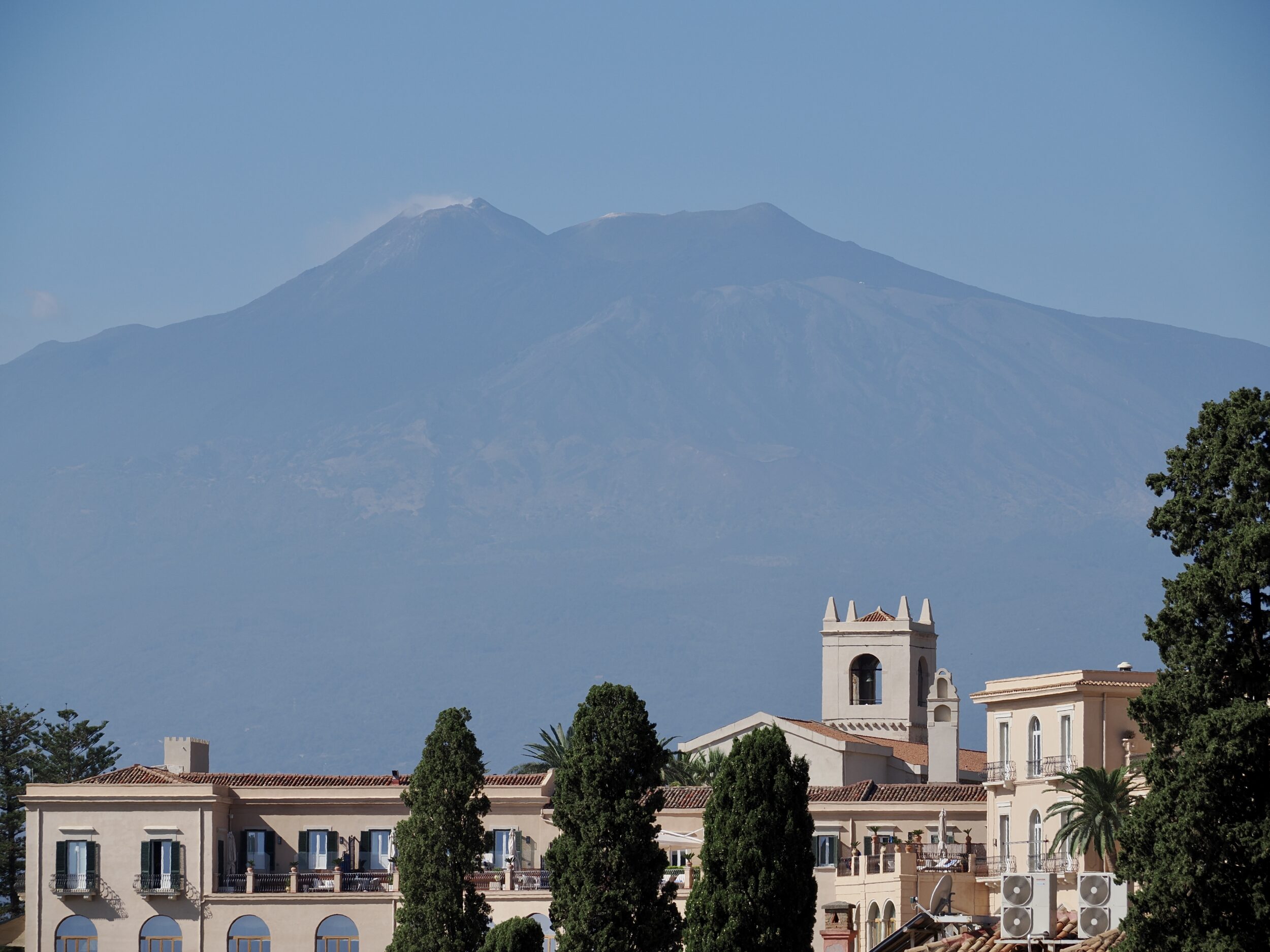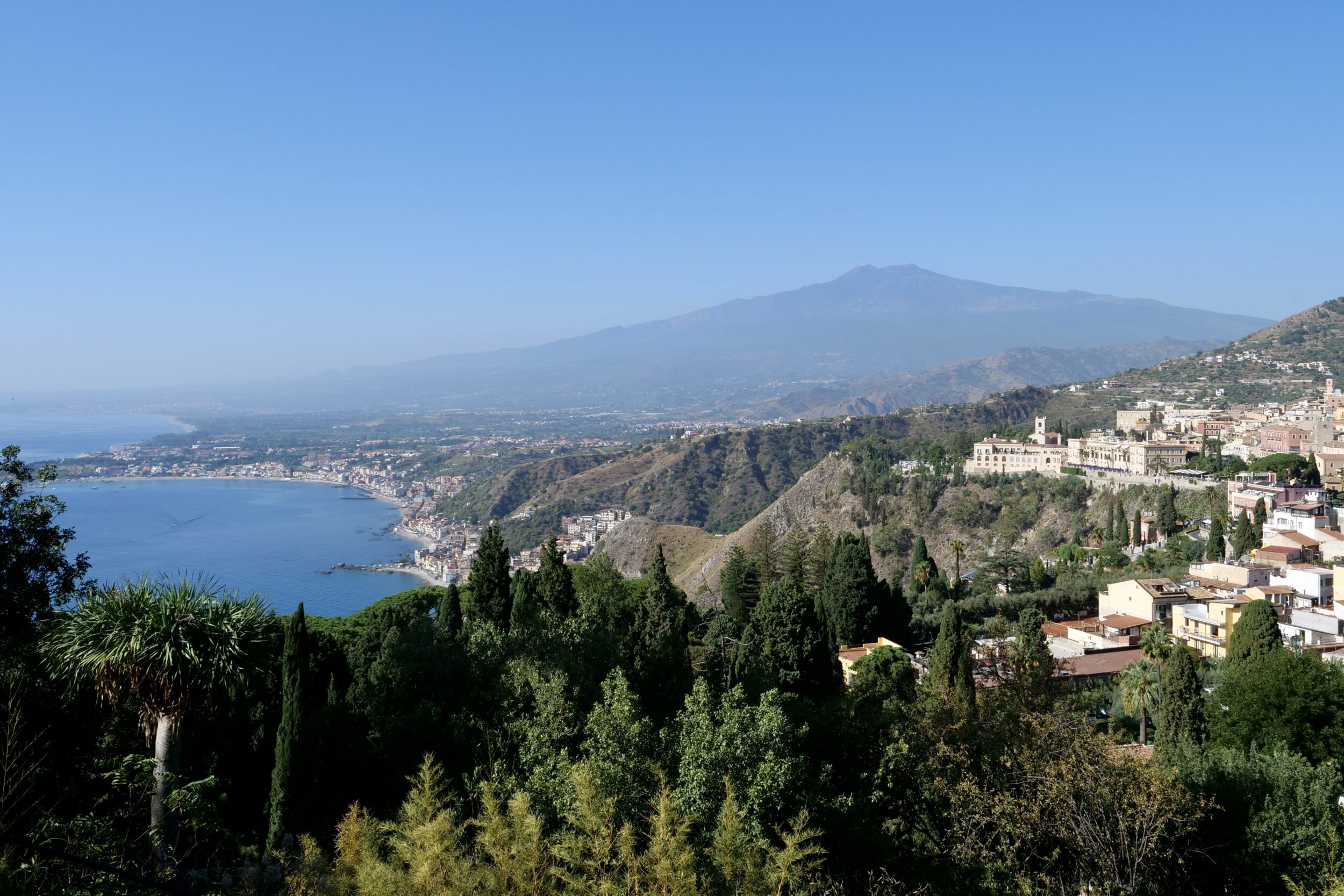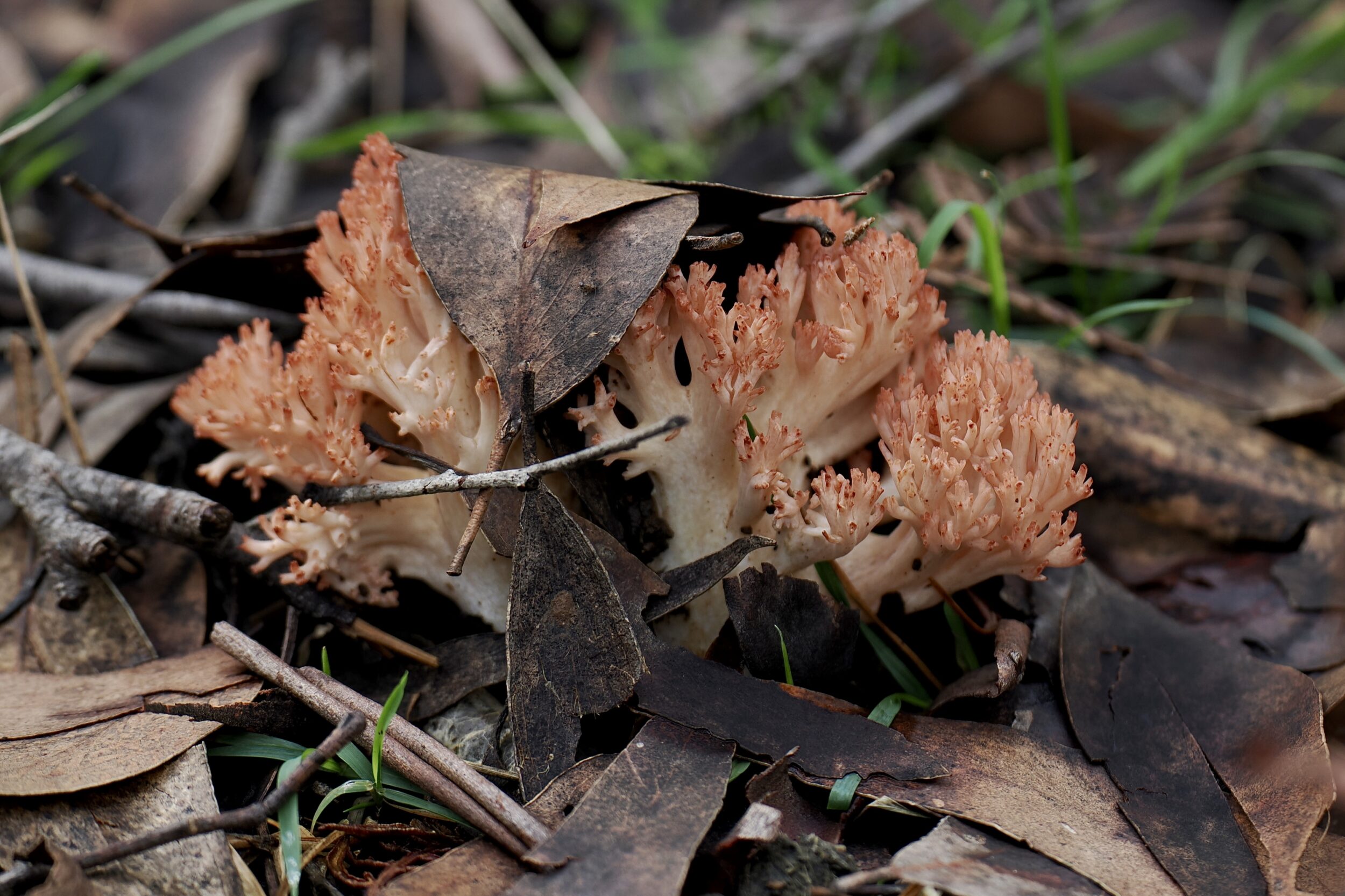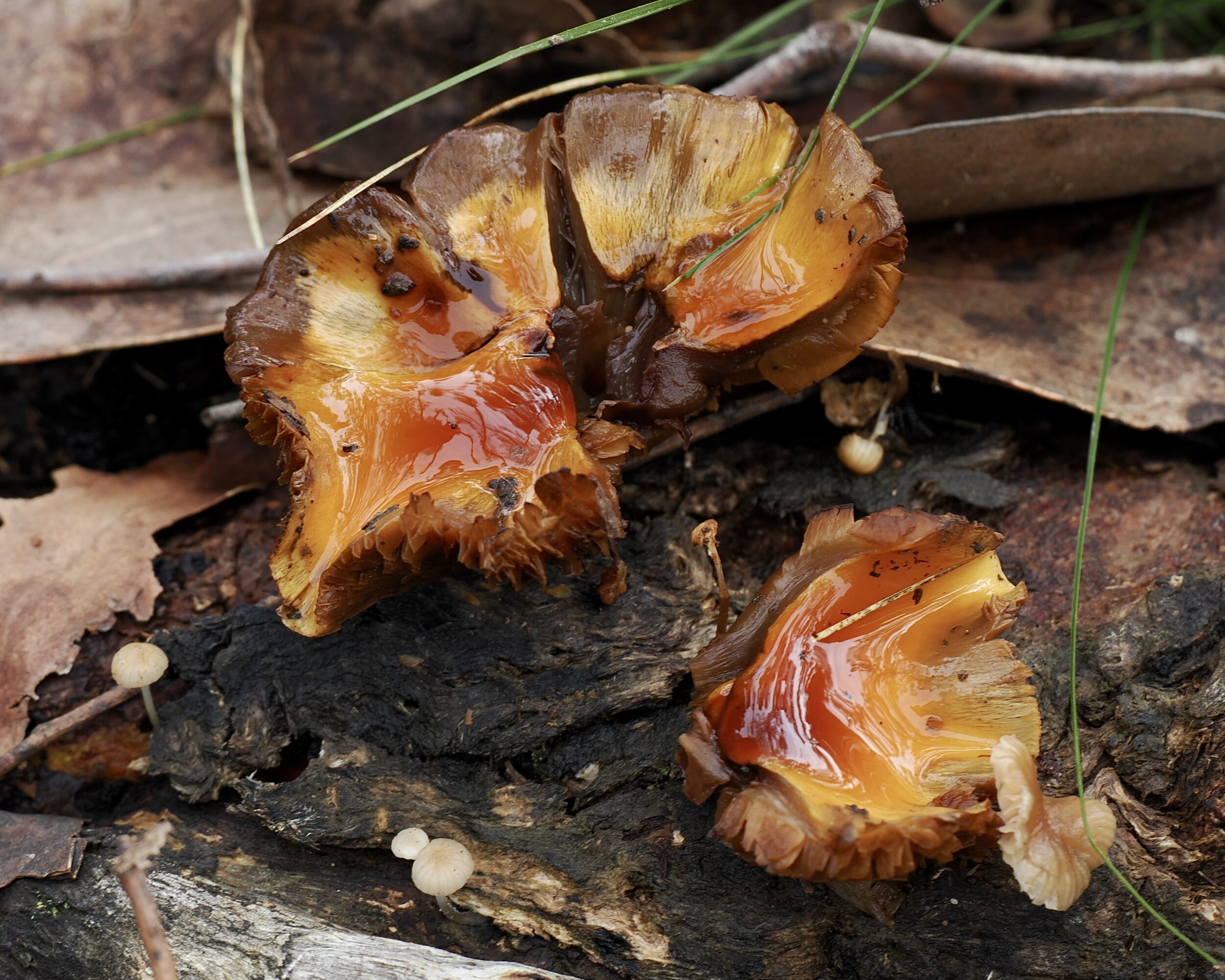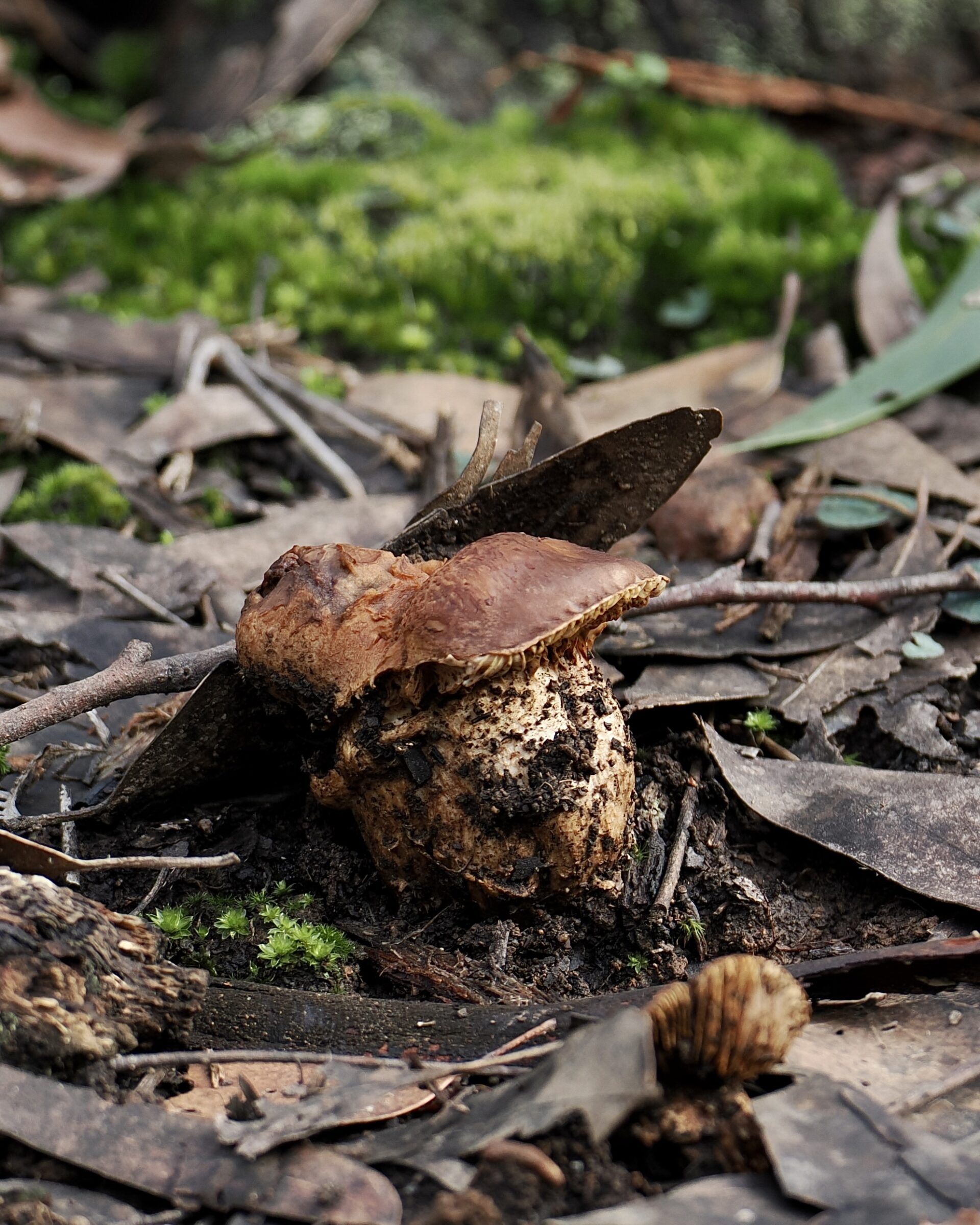If it was otherwise unchanged, but lost its biggest, highest mountain, Sicily would still be a mountainous island.
Etna, however, is very much higher and larger than all other Sicilian mountains.
It is also singularly recognisable, singularly influential/consequential, and hugely more dynamic than any other Sicilian peak or range.
Across a surprisingly large area – weather permitting, and provided one is not in some other mountains’ valleys – one can be looking over Sicilian countryside and not thinking of Etna at all, only to realise, suddenly, “there it is!”
Comments closed